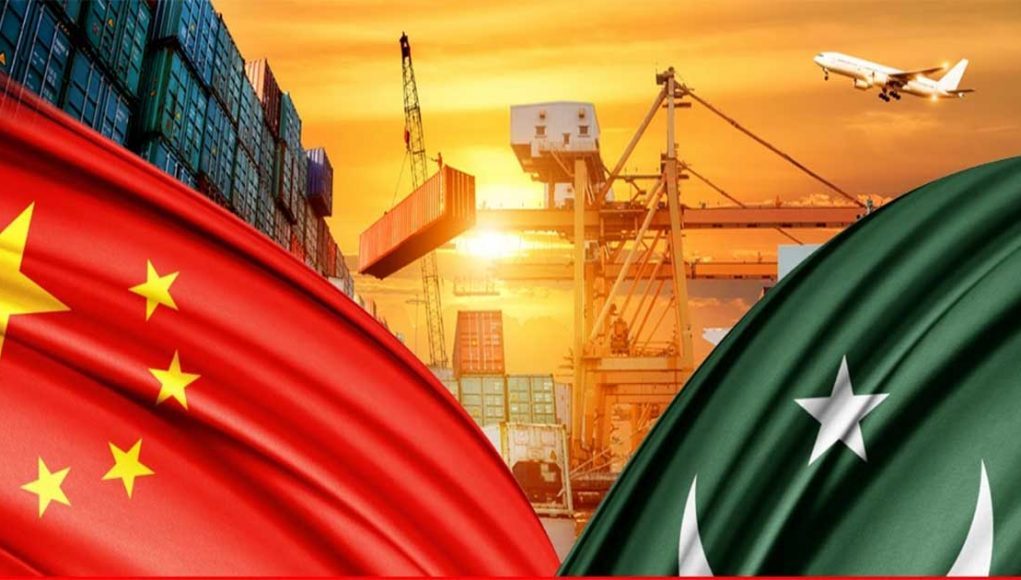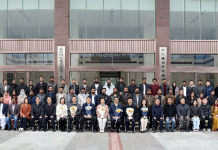ISLAMABAD: The joint ventures between Chinese and Pakistani entrepreneurs, within the CPEC framework, have the potential to propel Pakistan’s leather sector to new heights.
In a conversation with Media, Advisor to the Pakistan Tanners Association (PTA) Khalid Waleed said the leather industry was one of the major export-oriented industries and the second most dynamic sector after textiles.
Pakistan’s leather export trade has witnessed a noticeable decline in its competitive position in recent years despite the struggle to keep up with its South Asian neighbors. Pakistan is the only country in the region experiencing a negative growth in leather exports. This trend highlights a significant issue in Pakistan’s leather industry.
China produces and exports the most leather and leather products. Its leather sector produces over 4 billion square feet of leather annually, which was more than twice as much as Brazil.
As a major global market, China offers significant opportunities for Pakistani leather products. Through the CPEC, the Pakistani entrepreneurs can leverage Chinese demand and market access facilitated by improved infrastructure and trade routes.
The PTA official further said, “One of the primary reasons for this lag is the underdevelopment of the leather goods subsector. While Pakistan has a robust raw leather and leather apparel sector, the production and export of value-added leather goods such as handbags, purses, suitcases, key chains, and belts remain underdeveloped.
“This lack of development means Pakistan is not capitalizing on the higher value and demand for finished leather products in the international market. Consequently, the contribution of these leather goods and footwear to Pakistan’s overall leather exports is relatively small, which limits its ability to compete with the neighbors who have more advanced leather goods industries.”
“The joint ventures between Pakistani and Chinese firms can lead to the establishment of new businesses or expansion of the existing ones. This could involve setting up manufacturing facilities, tanneries, or even research and development centers focused on innovation in leather products.”
According to Pakistan Economic Survey, during July-March FY2024, the growth performance of LSM was in the negative territory, at 0.1 percent, against the negative growth of 7.0 percent in the corresponding period last year.
During the period, 11 sectors witnessed a positive growth, including food, wearing apparel, leather products, wood products, coke & petroleum products, chemicals, pharmaceuticals, rubber products, machinery and equipment, furniture, and other manufacturing (football).
In July-December period, leather garment exports fell by 9.71 percent year-on-year in FY24. The decline was noted in both leather garments and gloves. –INP






